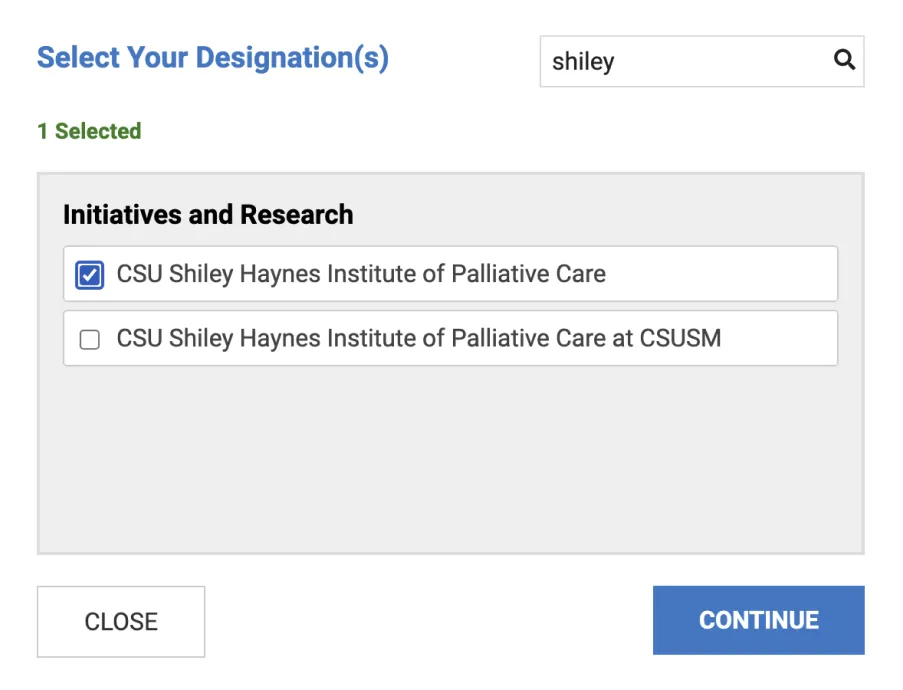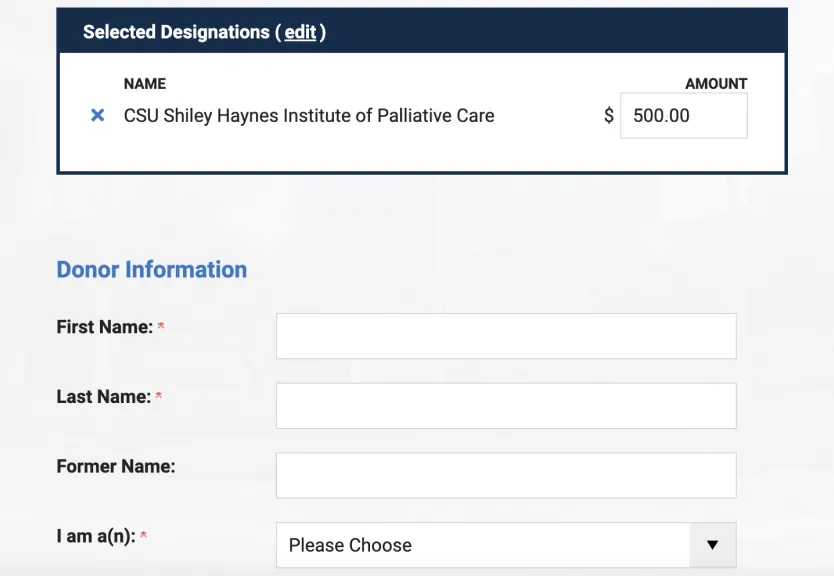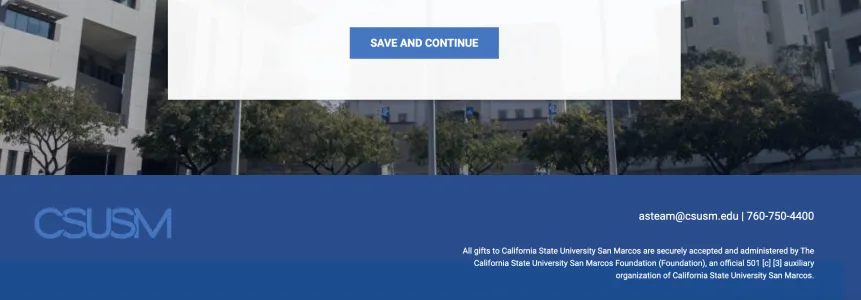Dr. Robinson’s Pre-Conference Workshop and the Four “Core Spheres” of Nursing
When she was studying to become a nurse, Katie Robinson, PhD, RN-BC, CHPN, didn’t know what kind of nursing she wanted to practice. “I went through all the iterations, starting with labor and delivery and pediatrics,” said Dr. Robinson, now assistant professor of nursing at California State University San Marcos, and one of the co-presenters for a pre-conference workshop at the Institute’s 2023 National Symposium for Academic Palliative Care Education and Research, March 1 at the Long Beach, Calif., Hilton Hotel.
Then she discovered community nursing, which led to a job in palliative care. “I tell my students I discovered in that job my great love for the palliative care model and its interdisciplinary approach to patient and family-centered care.” She became board-certified in hospice and palliative nursing in 2011 and has played a number of roles in the field, including case management, administration, staff development, education and hospice care. In 2020, she took a faculty position in CSUSM, where she conducts palliative research and is a voice for palliative care perspectives on the nursing faculty.
“Within a year, I established our palliative care curriculum committee, which I think is pretty essential. It’s an official committee of the College of Nursing, in line with all of our other curriculum committees, which gives it more visibility. The committee includes people with a broad view of the curriculum. We’re now inviting students onto the committee,” she said.
Dr. Robinson was aware that the American Academy of Colleges of Nursing (AACN)’s new “Core Competencies for Professional Nursing Education” was coming before its official release in April of 2021, and she wanted to get an early start on expanding the existing palliative care content in the nursing curriculum as one of four “core” spheres of nursing care contained in the new standards. (See our blog post from last year.)
The four spheres of professional nursing practice identified by AACN are: disease prevention/promotion of health and well-being; chronic disease care; regenerative or restorative care—and hospice/palliative/supportive/end-of-life care. That has elevated the care models and settings targeted by the Institute and its primary audience to a more central place in the nursing curriculum.
Dr. Robinson’s pre-conference workshop, “Palliative Care as a Sphere of Care: Strategies to Align Curriculum with the new AACN Essentials,” will be co-presented with Alyssa Erikson, RN, PhD, CNE, professor and chair of the Department of Nursing at CSU Monterey Bay. It will highlight the enhanced role for palliative care in the nursing curriculum and practical tools for how to incorporate it into existing curricula.
At last year’s Institute Symposium, there was a lot of talk about the essentials, which may have been unfamiliar to some nursing educators, Dr. Robinson said. “This year, we want to provide answers for what you can do with it and how to go about integrating palliative care content across the curriculum,” she said.
“Our workshop is designed to be very hands-on with that, including what is palliative care. We’ll give a bit of overview of what we think AACN is saying. We’ve asked participants to bring the syllabus they want to work on. Hopefully they’ll walk out of our session with the start of a redesign—something to show for it.”
Dr. Robinson suggests two broad strategies to integrating palliative care into the nursing curriculum. These are not mutually exclusive. One approach, which she calls the frosting on the cake, is to start at the top, take content that’s already been made, from the Institute’s palliative care toolkit, from the Center to Advance Palliative Care, from the End of Life Nursing Education Consortium (ELNEC), and add those modules to the existing curriculum.
The other approach, in collaboration with nursing specialty faculty, is more baked in and integrated into the learning and is written content topic area by topic area. “I work with specialty lead faculty for pediatrics, obstetrics, community nursing, critical care nursing. For example, in the pediatric nursing course, there is a faculty member who could teach a hands-on approach to palliative care in pediatric nursing. In the OB course, we need to talk about the deaths of a child, of a mother, applying palliative care pain management principles for labor and delivery. At San Marcos we are using both approaches,” she explained.
For more information on the Institute’s 2023 Symposium, visit the Symposium homepage.




